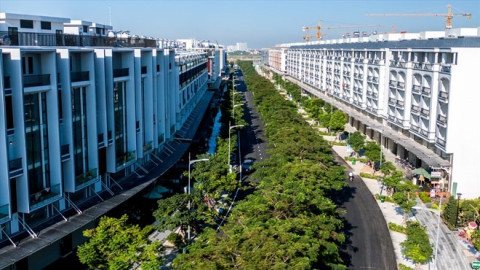Textile and garment exporters fully booked until year-end
- 27
- Enterprise
- 11:07 22/10/2024
DNHN - The chairman of VITAS is confident that this year's textile and garment export turnover will definitely reach the target of $44 billion, despite the challenging global economic backdrop.
Vietnam's textile and garment industry is showing optimistic signals in 2024, with many businesses already fully booked with export orders until the end of the year and actively negotiating for Q1/2025. According to Vũ Đức Giang, Chairman of the Vietnam Textile and Apparel Association (VITAS), this year's export turnover will certainly hit the $44 billion target, despite the many challenges in the global economy.
Notably, the recently approved government strategy for the development of the textile, garment, and footwear industry to 2030, with a vision to 2035, has opened up opportunities to attract foreign investment in key sectors such as yarn, weaving, and dyeing. This allows the textile and garment sector to effectively leverage the benefits of free trade agreements, promoting sustainable growth and competitiveness in the international market.
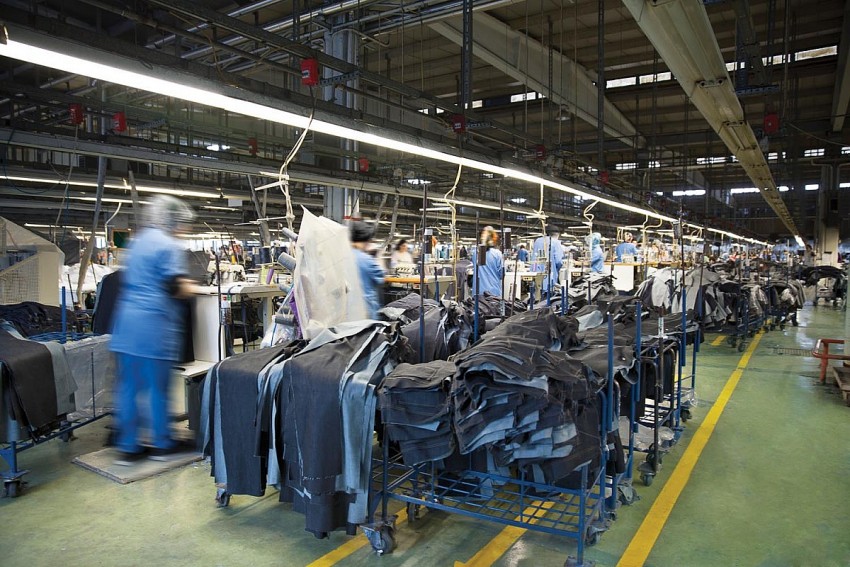
Statistics from the General Department of Customs show that in July 2024, textile and garment exports reached $3.72 billion, up 17.6% from the previous month. In the first seven months of the year, the sector's export turnover reached $20.27 billion, a 6.3% increase compared to the same period in 2023. The U.S. market continues to lead with $8.93 billion in export turnover, up 5.5%, followed by the EU, Japan, and South Korea, all recording positive growth rates.
Remarkably, by the end of August, the entire textile and garment industry had exported $28.6 billion, a 6% increase compared to the same period last year, demonstrating a strong recovery after a difficult period. Many businesses have secured export orders until the end of Q4 and are negotiating contracts for Q1/2025, laying a solid foundation for the coming year.
However, Cao Hữu Hiếu, General Director of Vietnam National Textile and Garment Group (Vinatex), emphasized that order prices in 2024 remain low due to reduced global purchasing power and intense price competition among countries in the region. To maintain production efficiency, businesses have been compelled to enhance internal management, optimize costs, and adopt automation technologies to improve productivity and product quality.
Despite facing challenges in pricing and operational costs, the sector's outlook remains very positive. According to forecasts, the industry's exports in 2024 are expected to grow by 8-10% compared to 2023.
Linh Anh
Related news
#Vietnamese textiles
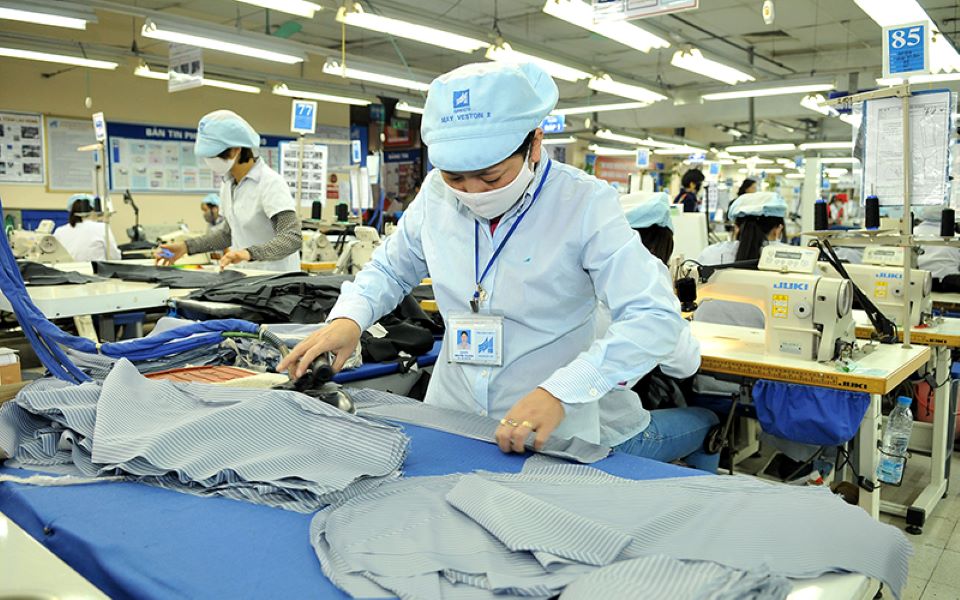
Textile and garment enterprises are still uncertain about orders for Q4/2024
The Textile and Garment Association advises textile enterprises to focus on improving delivery quality and developing fashion industry solutions.
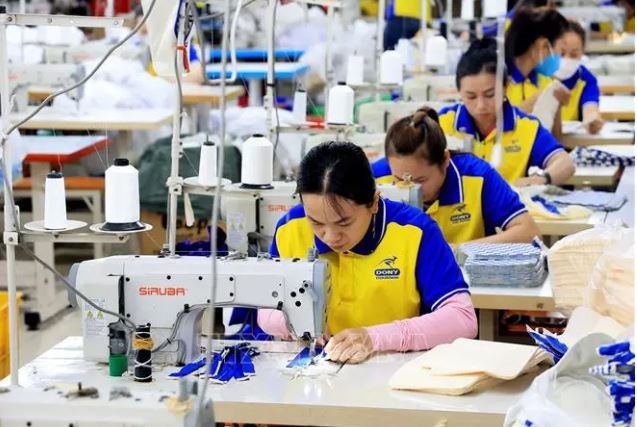
The importance of flexible credit policies for textile enterprises
The textile industry faces challenges such as importing raw materials, price fluctuations, and fierce competition. Therefore, flexible credit policies play a crucial role in ensuring the survival of textile enterprises.
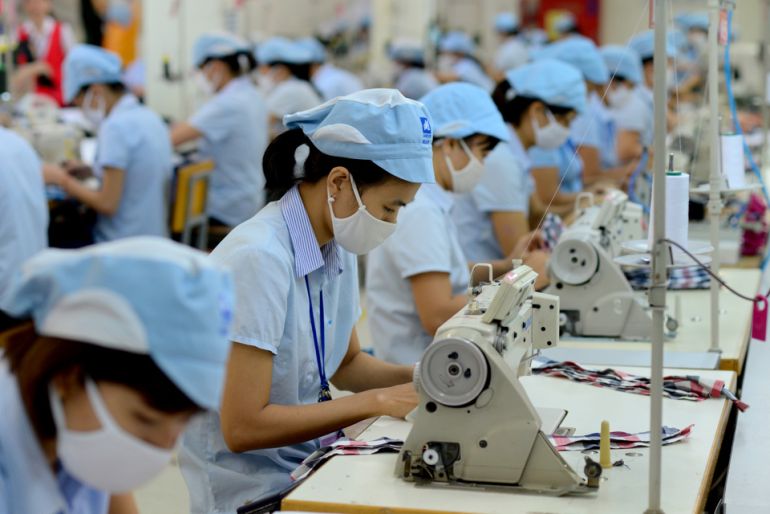
Textile enterprises need to change production strategies
To participate in the supply chain, textile enterprises must change their production strategies through process improvements, innovation in machinery and equipment, technology updates and greening of production stages to enhance quality.
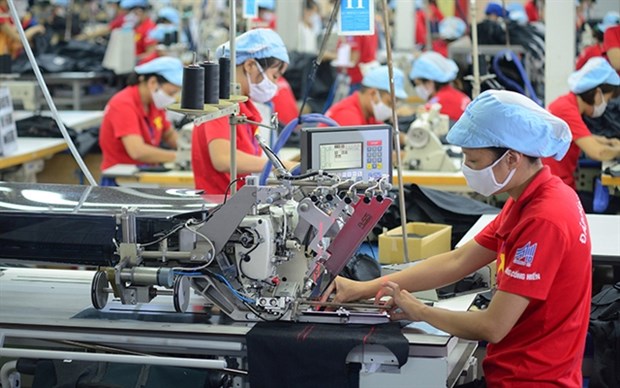
Tight material supply impedes textile exports
Although the demand for Vietnamese textiles is forecast to rise steadily in the short term, firms are concerned that tight material supply will impede their export plans.
Đọc thêm Enterprise
List of Vietnam’s 25 Best Workplaces 2025
Great Place To Work® has officially announced the 25 companies featured in the Best Workplaces in Vietnam™ 2025 ranking.
The ambitions of major enterprises in 2025
Major enterprises such as Dabaco, FPT, and KBC have set ambitious plans for 2025, demonstrating flexibility and sharpness in their business strategies.
What do domestic businesses need to overcome difficulties?
Strong and synchronized government support policies are crucial in helping Vietnamese enterprises navigate the current challenging period.
ACV achieved net profit surpassing VND 11,560 billion in 2024
Vietnam Airports Corporation (ACV) has recently announced its 2024 business results, reporting a net profit exceeding VND 11,560 billion, marking a 37% growth compared to the previous year.
Increasing taxes on pick-up trucks: The need to hear public opinion
The proposed tax increase on pick-up trucks is sparking debate. Many representatives argue that this decision could impact workers, businesses, and the domestic automotive market.
"The Vietnam-Korea Investment Cooperation Forum 2024 is a testament to the spirit of innovation and sustainable collaboration."
For Mr. Kim Ki-mun, Chairman of KBIZ, the Vietnam-Korea Investment Cooperation Forum 2024, scheduled for November 21, is not merely an event but also a testament to the spirit of innovation and sustainable collaboration between nations.
KBIZ's 60-year journey in building a solid foundation for South Korea's small and medium enterprise community
With over 60 years of establishment and development, the Korea Federation of SMEs (KBIZ) has emerged as a pioneering force in supporting the small and medium-sized enterprise (SME) community in South Korea.
What categories are included in the additional audit subjects?
On the morning of November 7, the National Assembly discussed the draft amendment of several articles across seven laws, with a particular focus on adding new audit subjects.
Institutional obstacles "tie up" enterprises and challenge economic growth
During a session discussing the 2024 socio-economic development plan, National Assembly deputies emphasized that institutional barriers remain a significant "obstacle" for businesses.
More than 1,000 new real estate businesses established in Ho Chi Minh City, transactions grow
In the first nine months of 2024, Ho Chi Minh City's real estate market witnessed the establishment of over 1,000 new businesses and recorded 1,600 property transactions, signaling a positive recovery trend.











